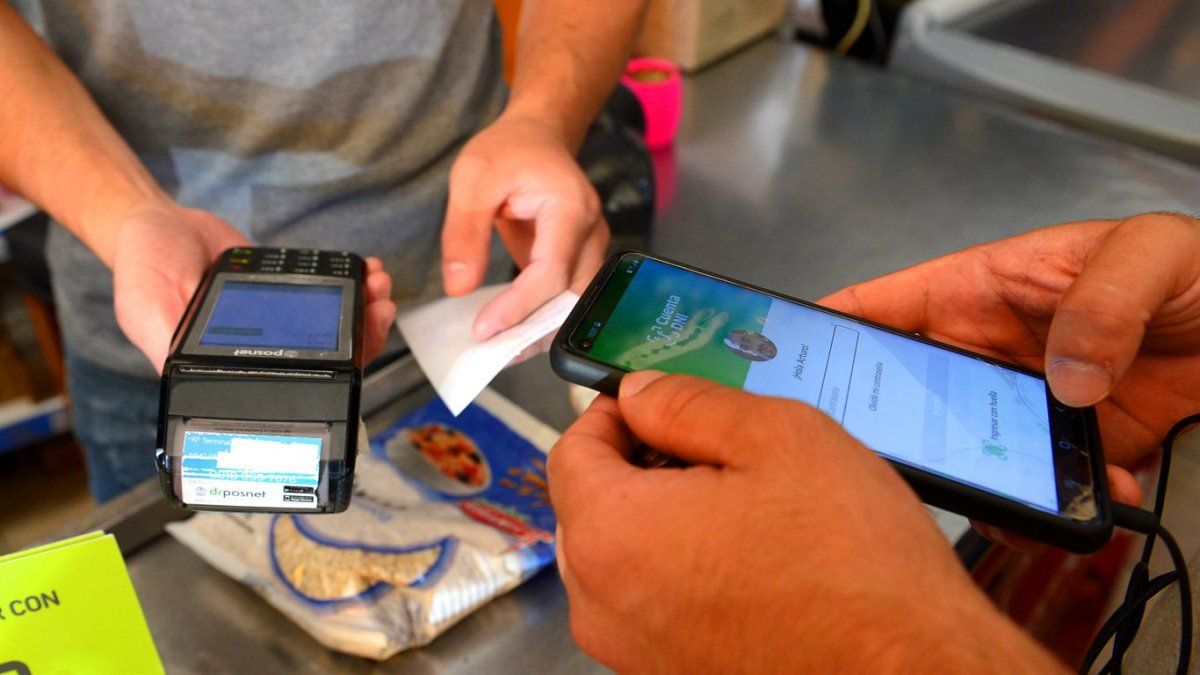When buying schnitzels and shish kebabs, it’s worth taking a closer look at the meat counter – for more information about where they actually come from in the future. More transparency is not only intended for this purpose.
In supermarkets and butchers, customers should soon be given more clarity about the country of origin of the animals when there are more meat products. This is provided for by a regulation by Food Minister Cem Özdemir (Greens), which the Federal Cabinet approved on Wednesday. This is intended to extend mandatory labeling to unpackaged meat from pigs, sheep, goats and poultry. This already applies to packaged goods, as well as unpackaged beef. The indications of origin should also interact with a state labeling of the form of animal husbandry, which is also to come.
Özdemir said: “Anyone who buys at the fresh food counter will be informed in future where the meat comes from.” That is good for German agriculture and consumers. “Because they should not only know how an animal was kept, but also where it came from.” This is the only way to make an informed purchasing decision and opt for more animal welfare, regional added value and high environmental standards.
From supermarkets to farm shops
In the future, loose meat from pigs, sheep, goats and poultry will also be marked – in meat counters in supermarkets, in butchers’ shops, farm shops or at weekly markets. Providers must indicate the country of rearing and slaughter, with small signs directly on the goods or on screens. For example: “Raised in: France. Slaughtered in: Germany”, as the ministry explained. If birth, rearing and slaughter were in a single country, it can say “Origin: Germany”. The Federal Council still has to agree, this should come into force at the beginning of 2024.
The farmers’ association has been pushing for an extension of the labeling of origin for a long time – and argues that German farmers attach great importance to animal welfare, which must also be recognizable. The decree goes in the right direction, but is far from enough, said Deputy Secretary General Udo Hemmerling. Comprehensive information is required, starting with the place of birth and also for sausage and other processed products. In the medium term, transparency for meat products must also be available for canteens and gastronomy.
Özdemir also emphasized: “Our farmers – especially those with small and medium-sized farms – need the opportunity to survive on the market.” In his opinion, “Made in Germany” stands for high animal welfare, fair wages and the protection of natural resources. The consumer organization Foodwatch, on the other hand, warned that the labeling of origin does little for animal welfare. “Because animals in German stables suffer from pain and illnesses just as they do in other EU countries – even if the meat industry likes to give the impression that Germany is the front runner when it comes to animal welfare.”
The country of origin must already be specified for many foods. This includes fresh fruit and vegetables, eggs and also fresh beef – related here to birth, fattening, slaughtering and cutting. Özdemir made it clear that the regulation is now a first step towards more. Since the EU Commission has not yet made a proposal for a more comprehensive EU-wide labeling, he is planning a national regulation. An extension to milk and milk as an ingredient, meat as an ingredient, durum wheat in pasta, rice, potatoes and tomatoes in some tomato products is being examined at EU level.
more transparency
For more transparency, information on animal husbandry will soon be available in addition to information on origin. Özdemir is planning mandatory labeling for domestic products with five categories during fattening, from the legal minimum standard to organic. It is to start this year initially with fresh pork. Platzhirsch has been a label used by the large supermarket chains for years.
There are already a number of voluntary logos for the origin. Medals and labels are often intended to vouch for a particular regionality. The federal states advertise with seals, and retail chains also have their own regional brands. However, the criteria as to what that means in relation to the ingredients are different. In addition, there are “protected designations of origin” in the EU, for example for Allgäu Emmental and “protected geographical indications” for Lübeck marzipan.
There is also a nationwide uniform logo: the blue “regional window” introduced in 2014, which manufacturers can voluntarily print on packs. There are now more than 5,500 products, as the sponsoring association announced at the end of last year. Many were added to meat and sausage. The “region window” shows where the most important ingredients come from and where they were processed.
Ministry for the labeling of origin Draft ordinance for consumer advice centers on the labeling of origin Current figures on the “regional window” Press release on the ordinance in the cabinet
Source: Stern




